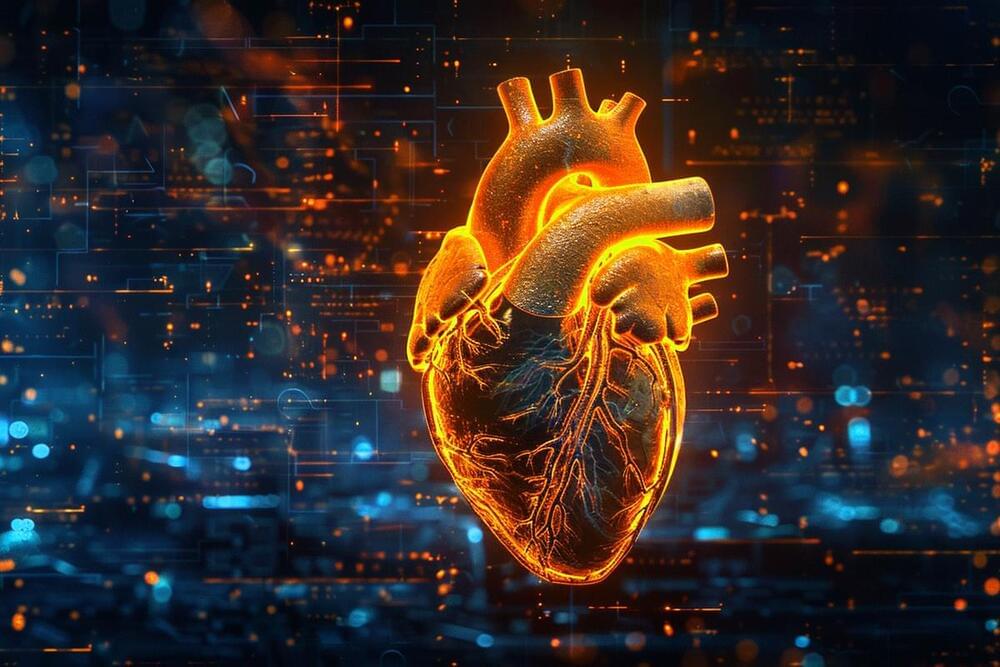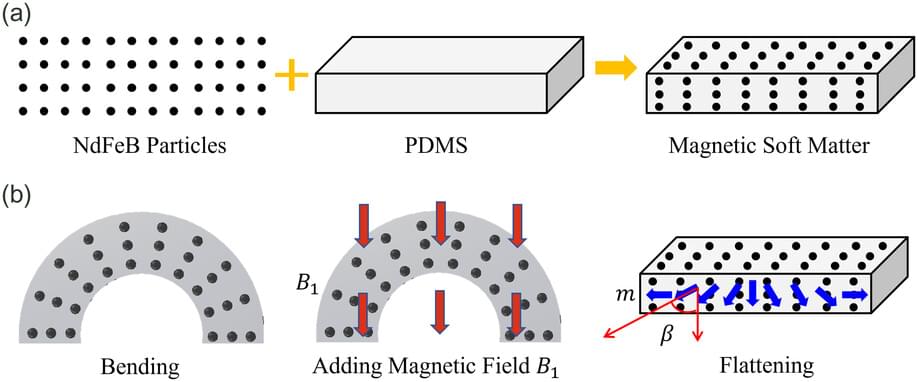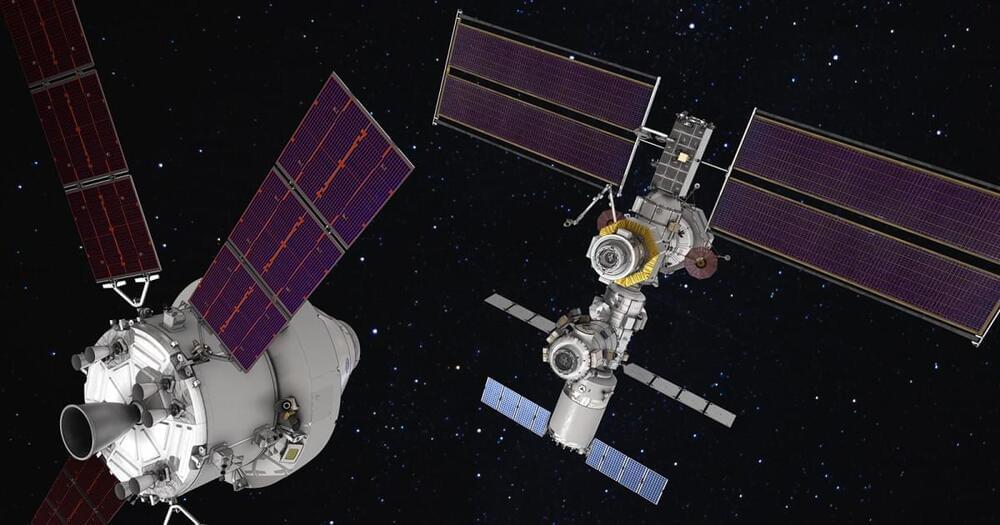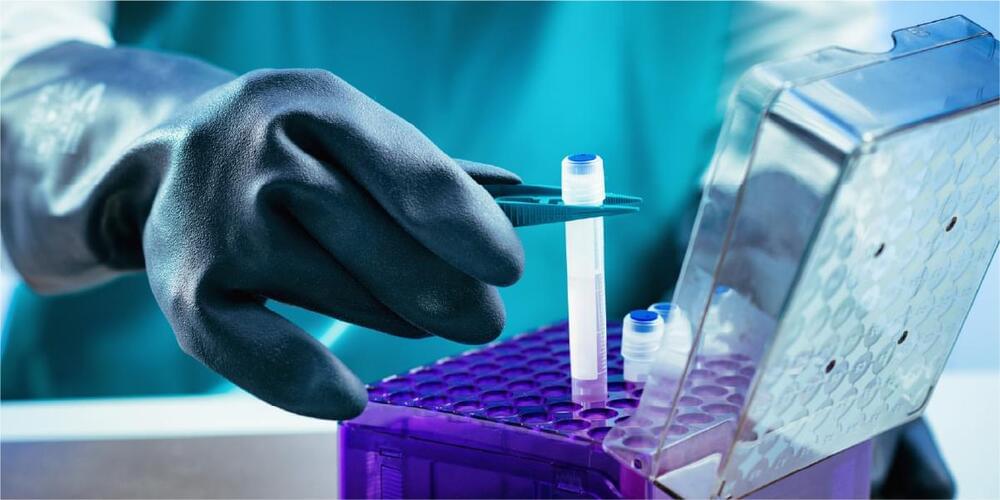Archive for the ‘robotics/AI’ category: Page 179
May 31, 2024
New AI tech predicts cardiac events due to coronary inflammation
Posted by Shubham Ghosh Roy in categories: biotech/medical, robotics/AI
“The ORFAN study is an expanding global registry which will include long-term clinical and outcome data for 250,000 patients from around the world, and we are very pleased to publish these initial results,” said Keith Channon, MD, Professor of Cardiovascular Medicine at University of Oxford, Caristo Chief Medical Officer, and co-author of The Lancet publication.
“Coronary inflammation is a crucial piece of the puzzle in predicting heart attack risk. We are excited to discover that CaRi-Heart results performed exceptionally well in predicting patient cardiac events. This tool is well positioned to help clinicians identify high-risk patients with seemingly ‘normal’ CCTA scans.”
Ron Blankstein, MD, Professor of Medicine and Radiology at Harvard Medical School, Director of Cardiac Computed Tomography at Brigham and Women’s Hospital, and co-author of the publication, applauded The Lancet for publishing results from one of the largest studies in the field of CCTA.
May 31, 2024
Squishy magnetic microjoints bend the rules of microrobotics
Posted by Shubham Ghosh Roy in categories: materials, robotics/AI
Soft materials and magnetic fields enable a new generation of dexterous, fast-moving microrobotic joints for complex object manipulation tasks.
May 31, 2024
NASA’s ChatGPT-like AI will let spaceships talk to astronauts
Posted by Zola Balazs Bekasi in categories: robotics/AI, space travel
NASA is developing a ChatGPT-style interface for future spacecraft, giving astronauts the ability to talk to the systems using natural language — and have the systems talk right back.
Space talk: In June 2018, a massive dust storm on Mars engulfed NASA’s Opportunity rover, cutting off communication with Earth. Eight months later, NASA announced an end to the rover’s 15-year Mars mission.
“The last message [NASA] received was basically, ‘My battery is low and it’s getting dark,’” tweeted science reporter Jacob Margolis after talking to NASA about the rover.
May 30, 2024
Cellular Origins and CGT Catapult partner to automate cell and gene therapy manufacturing
Posted by Shubham Ghosh Roy in categories: biotech/medical, robotics/AI
Cellular Origins and the Cell and Gene Therapy Catapult (CGT Catapult) have announced a new collaboration to demonstrate universal automation of CGT manufacturing.
May 30, 2024
Even the smartest AI likely won’t be “alive.” Here’s why
Posted by Shubham Ghosh Roy in category: robotics/AI
33 years ago, the theoretical biologist Robert Rosen offered an answer to the question ‘Is life computable?’
May 30, 2024
Neural étendue expander for ultra-wide-angle high-fidelity holographic display
Posted by Saúl Morales Rodriguéz in category: robotics/AI
All holographic displays and imaging techniques are fundamentally limited by the étendue supported by existing spatial light modulators. Here, the authors report on using artificial intelligence (AI) to learn an étendue expanding element that effectively increases étendue by two orders of magnitude.
May 30, 2024
SpaceX’s Four Starling CubeSats Demonstrate Autonomous Operations
Posted by Laurence Tognetti, Labroots Inc. in categories: robotics/AI, satellites
Could autonomous CubeSats someday be used for deep space exploration? This is what a recent demonstration by SpaceX’s Starling swarm of four CubeSats hopes to address as NASA announced the 10-month primary mission of the swarm successfully completed its primary mission objectives as part of multiple experiments. This demonstration holds the potential to help develop CubeSats capable of conducting deep space exploration missions without the need for constant communication with Earth as they could communicate with each other.
“The success of Starling’s initial mission represents a landmark achievement in the development of autonomous networks of small spacecraft,” said Roger Hunter, who is the Program Manager for NASA’s Small Spacecraft Technology Program (STTP) at NASA’s Ames Research Center. “The team has been very successful in achieving our objectives and adapting in the face of challenges.”
For the demonstration, the four CubeSats successfully studied the Earth’s ionosphere while communicating with each other regarding next steps for continued analysis. This provided the opportunity for each spacecraft to equally contribute to the mission while decreasing human involvement.
May 30, 2024
Data-driven model generates natural human motions for virtual avatars
Posted by Saúl Morales Rodriguéz in category: robotics/AI
Humans can innately perform a wide range of movements, as this allows them to best tackle various tasks in their day-to-day life. Automatically reproducing these motions in virtual avatars and 3D animated human-like characters could be highly advantageous for many applications, ranging from metaverse spaces to digital entertainment, AI interfaces and robotics.
Researchers at Max Planck Institute for Intelligent Systems and ETH Zurich recently developed WANDR, a new model that can generate natural human motions for avatars. This model, to be introduced in a paper presented at the Conference on Computer Vision and Pattern Recognition (CVPR 2024) in June, unifies different data sources under a single model to attain more realistic motions in 3D humanoid characters. The paper is also posted to the arXiv preprint server.
“At a high-level, our research aims at figuring out what it takes to create virtual humans able to behave like us,” Markos Diomataris, first author of the paper, told Tech Xplore. “This essentially means learning to reason about the world, how to move in it, setting goals and trying to achieve them.
May 30, 2024
Maximizing DNA Yield for Biobanking Applications
Posted by Shubham Ghosh Roy in categories: biotech/medical, genetics, health, robotics/AI
With advances in genomics research, personalized medicine, and sequencing-based technologies, there is a necessity for purification of high-quality genomic DNA from large volumes of blood. The rapidly growing landscape of biorepositories that store large amounts of DNA from an enormous number of biospecimens further fuels this need to find optimized solutions for reliable purification of DNA. The information derived from the purified DNA is crucial to health science research and facilitates drug discovery, biomarker discovery, clinical implementation projects, etc. For the success of these analyses and to derive relevant information, DNA extraction is the most critical step and must meet the criteria of extraction speed, yield and quality, as well as reproducibility. Many nucleic acid purification kits and automation workflows for processing blood samples in the volume range of 100–250 μL exist, but not many convenient, automated options exist for volumes as high as 2 mL without sample splitting. To fill this opening, Omega Bio-tek has developed a semi-automated solution on the MagBinder® Fit24 to extract DNA from large volumes of fresh or frozen blood. Here, we provide background information on biobanks, as well as present the solution Omega Bio-tek has developed for DNA extraction from large volumes of whole blood.
A biobank is a specialized repository that systematically collects, processes, stores, and manages biological samples for use in medical research and treatments. The primary purpose of a biobank is to provide a centralized and organized resource of high-quality biological materials, such as blood or tissue, along with relevant clinical and demographic data1. These invaluable assets are at the center of advancements in cancer treatments, biomarker discovery, and understanding genetic factors for disease. At a high level, biobanks can be classified by two categories1:

















